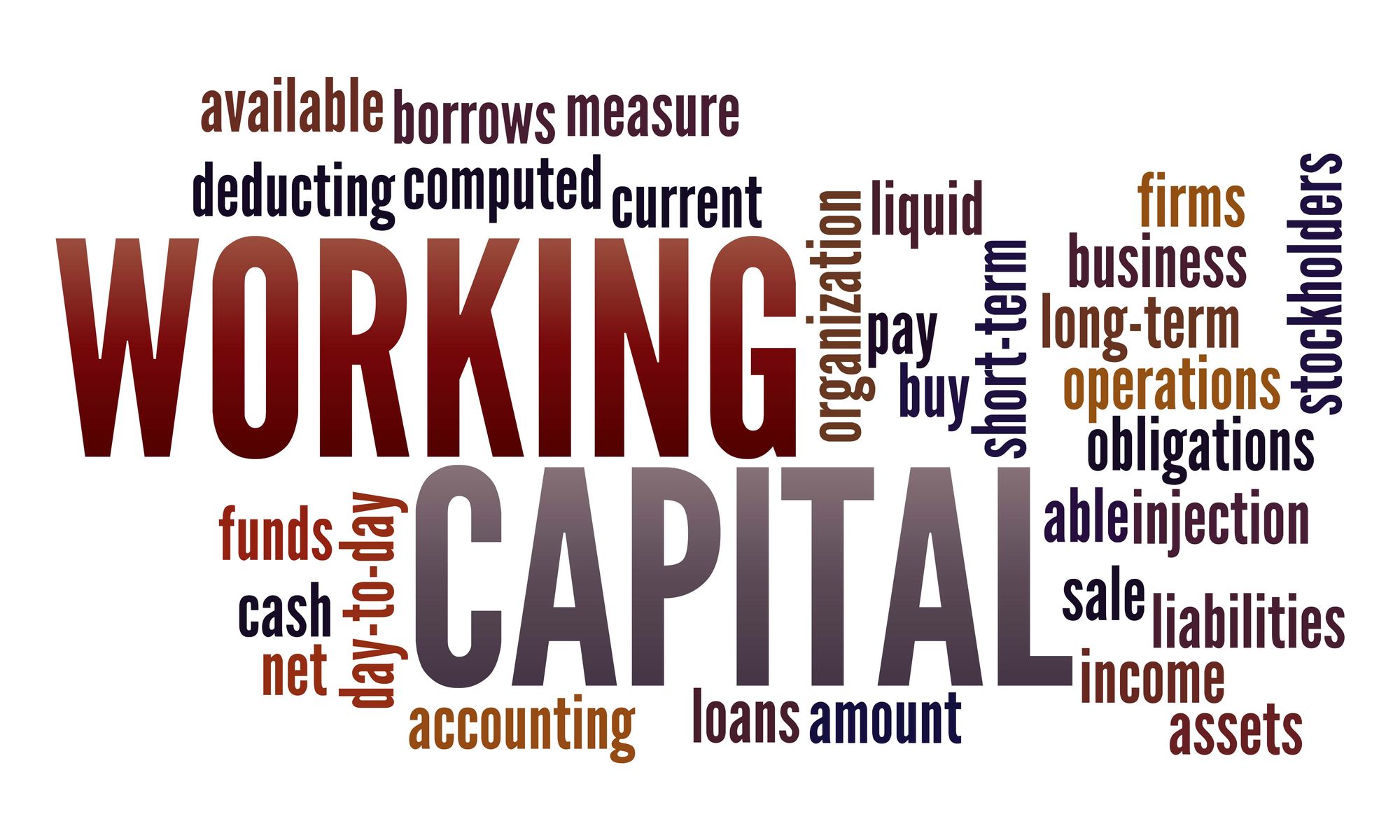Are you of Indian origin and living abroad? You've probably come across terms like PIO and OCI. These cards offer different benefits, but it can
Managing a company's finances is a complex task that involves numerous interconnected elements. One critical aspect of financial management is understanding and effectively managing the working capital cycle. The working capital cycle is a key indicator of a company's operational efficiency and financial health.
In this article, we will delve into the working capital cycle, exploring its definition, components, significance, and strategies for effective management.
📗 Related reading- 10 Factors to Consider Before Starting a Business with a Personal Loan
Understanding the Working Capital Cycle
The working capital cycle, also known as the cash cycle, is the duration it takes for a company to convert its net working capital into cash. Net working capital is the difference between a company's current assets and current liabilities.
In simpler terms, the working capital cycle represents the time it takes for a company to turn its investments in raw materials, labour, and other production inputs into cash by selling the finished goods or services.
Components of the Working Capital Cycle
Here are the components of the working capital cycle.
-
Inventory period: The cycle begins with the purchase of raw materials and the production of goods. The time taken to convert raw materials into finished goods is known as the inventory period. This period involves managing stock levels efficiently to meet customer demand while avoiding overstocking, which ties up capital.
-
Receivable period: Once the goods are produced, they are sold to customers on credit. The receivable period, also known as the credit period, is the time it takes for the company to collect cash from its customers after the sale. Efficient credit management is crucial to shorten this period and accelerate cash inflows.
-
Payable period: Concurrently, the company incurs various expenses such as raw material costs, labour, and overheads. The payables period is the time it takes for the company to pay its suppliers for these expenses. Effectively managing payment terms and negotiating favourable credit terms with suppliers can help extend the payables period and improve cash flow.
Working Capital Cycle Formula
The working capital cycle can be calculated using the following formula:
Working Capital Cycle = Inventory Period + Receivable Period − Payable Period
A shorter working capital cycle is generally favourable as it indicates that the company can convert its investments into cash more quickly, enhancing liquidity.
Significance of the Working Capital Cycle
Understanding and managing the working capital cycle is essential for several reasons:
-
Liquidity management: The working capital cycle provides insights into a company's liquidity position. A shorter cycle implies that the company can meet its short-term obligations more efficiently, reducing the risk of financial distress.
-
Operational efficiency: A well-managed working capital cycle reflects operational efficiency. It signifies that the company effectively manages its inventory, credit terms, and payment cycles, optimising its resources for maximum productivity.
-
Cash flow management: Efficient working capital management ensures a steady and positive cash flow. This is crucial for meeting day-to-day operational expenses, investing in growth opportunities, and servicing debt obligations.
-
Risk mitigation: An unreasonably long working capital cycle can expose a company to various risks, including cash flow shortages and an inability to seize timely business opportunities. By understanding the cycle, companies can identify potential risks and implement strategies to mitigate them.
Strategies for Effective Working Capital Management
Optimising the working capital cycle involves implementing strategic management practices across various facets of a business. Here are some strategies to enhance working capital management:
-
Inventory management
Efficient inventory management is critical to reducing the inventory period. Companies can adopt Just-In-Time (JIT) inventory systems to minimise holding costs and prevent overstocking. Regularly reviewing and adjusting inventory levels based on demand patterns can help align stock levels with actual requirements.
-
Credit management
The receivable period can be shortened by implementing effective credit management practices. This includes conducting thorough credit assessments before extending credit to customers, setting appropriate credit terms, and actively monitoring and managing outstanding receivables. Offering discounts for early payments can incentivise customers to settle their dues promptly.
-
Supplier negotiations
Extending the payable period involves negotiating favourable credit terms with suppliers. Companies can explore opportunities to extend payment terms without compromising relationships. Building strong partnerships with key suppliers and negotiating discounts for early payments can create a win-win situation for both parties.
-
Cash flow forecasting
Accurate cash flow forecasting helps companies anticipate their cash needs and take proactive measures to manage working capital effectively. By understanding the timing of cash inflows and outflows, businesses can optimise their cash conversion cycle and ensure sufficient liquidity to meet obligations.
-
Technology integration
Implementing advanced financial management systems and technologies can streamline processes related to inventory, receivables, and payables. Automation can improve accuracy, reduce processing times, and provide real-time insights into the various components of the working capital cycle.
-
Continuous monitoring and evaluation
Regularly monitoring key performance indicators related to the working capital cycle is crucial for identifying areas that need improvement. Conducting regular reviews and evaluations can help companies adapt their strategies to changing market conditions and evolving business requirements.
-
Cross-functional collaboration
Working capital management is not confined to the finance department alone. A cross-functional collaboration involving departments such as sales, procurement, and operations is essential. Aligning the goals of different departments with working capital objectives ensures a coordinated effort to optimise the entire cycle.
Challenges in Working Capital Management
Effectively managing working capital comes with its share of challenges. The ever-changing economic landscape, seasonal fluctuations, and diverse industry dynamics create a dynamic environment that demands adaptability. Global disruptions in the supply chain and regulatory shifts add an extra layer of complexity.
To successfully navigate these challenges, businesses need to stay agile, proactively monitor industry shifts, and remain well-informed about regulatory developments. This approach is crucial for optimizing working capital strategies and ensuring smooth financial operations.
Conclusion
The working capital cycle is a fundamental aspect of financial management that directly influences a company's liquidity, operational efficiency, and overall financial health. By understanding the components of the cycle and implementing effective strategies, businesses can optimise their working capital management and enhance their ability to navigate the dynamic and competitive business environment.
Continuous monitoring, adaptability, and a cross-functional approach are key elements in successfully managing the working capital cycle and ensuring the long-term sustainability of a business.
Personal Loans can have a positive impact on the working capital cycle. They can help businesses bridge cash gaps from time to time, boosting liquidity and improving inventory levels.
AUTHOR
KreditBee As a market leader in the Fintech industry, we strive to bring you the best information to help you manage finances better. These blogs aim to make complicated monetary matters a whole lot simpler.







